UXtheme.dll Error Windows 10: All Fixes
UXtheme.dll is a crucial system file on Windows 10. It’s required to handle Windows themes, which control the overall look and feel of the user interface. This is why you can change the appearance of windows, buttons, icons, and other graphical elements on your PC.
UXtheme.dll functions as a dynamic link library (DLL), which means it’s shared among many Windows programs and operating system elements. Some of the same theme-related features are also used by third-party software to keep a uniform style while using your computer.
If this file is somehow damaged or goes missing, it can wreak havoc on your system, with programs crashing unexpectedly, theme settings disappearing, and some programs not opening at all.
Quickly jump to the fixes below or read on to learn more about UXtheme.dll errors.
Common UXtheme.dll errors on Windows 10
You will know immediately if UXtheme.dll is corrupted or missing when Windows displays the following errors or similar messages:
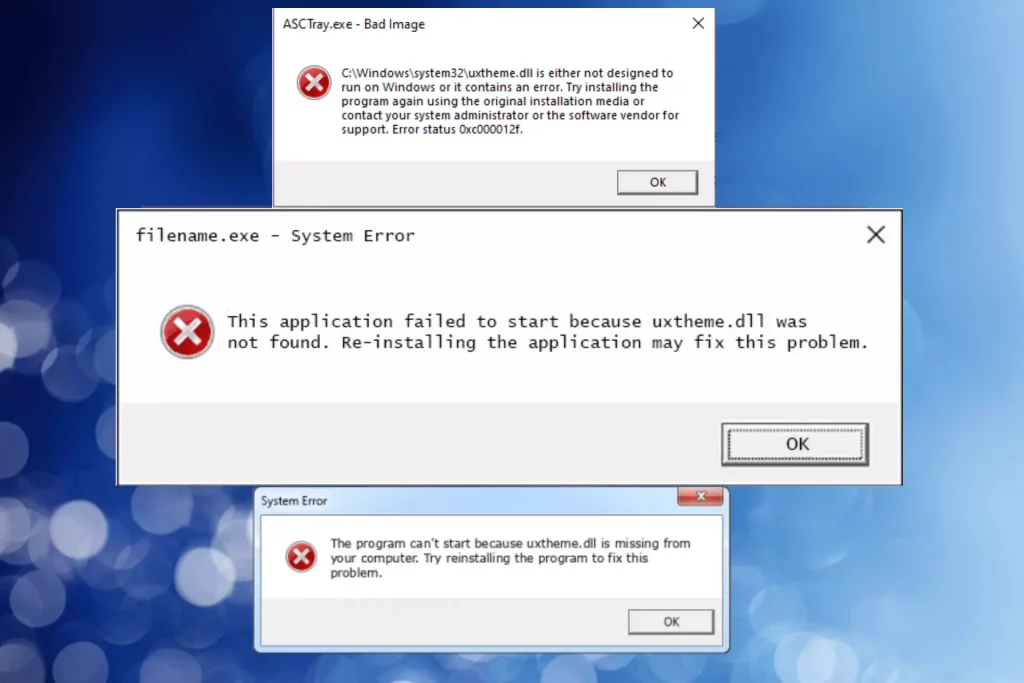
Error 1: This application failed to start because uxtheme.dll was not found. Re-installing the application may fix this problem.
Error 2: C:\Windows\system32\uxtheme.dll is either not designed to run on Window or it contains an error. Try installing the program again using the original installation media or contact your system administrator or the software vendor for support.
Error 3: The program can’t start because uxtheme.dll is missing from your computer. Try reinstalling the program to fix the problem.
You may face similar error messages to these or system instability without explicit instructions.
Ultimately, the problem boils down to three things:
- UXtheme.dll is damaged or corrupted.
- UXtheme.dll was deleted and is no longer on the system.
- The Windows Registry is damaged and no longer knows where to find the file, even if it is still on the system.
Why does UXtheme.dll go missing on Windows 10?
There are many reasons why this file can become corrupted or get deleted. The most common causes include:
- Malware – When viruses and other malware inject malicious code into the DLL to spread more malware or delete it to cause system instability.
- Failed Windows Updates – If a Windows update is interrupted while installing, UXtheme.dll and any other system file caught in the process can disappear.
- Unexpected Shutdowns – Power surges, hardware failure, and users forcibly shutting down their PC or certain Windows processes can cause data loss and affect UXtheme.dll.
- Bad Software – When a piece of software relies on a DLL it usually knows not to modify or delete it, but some poorly developed programs may take the file with it during uninstallation. Installation, updates, and uninstallation can also hurt the file if interrupted while the file is still in memory.
- Hardware Failure – When a hard drive has bad sectors, all the data in those sectors can disappear. This applies to system files just as much as personal files. Likewise, if a RAM module is faulty, it can wipe any file, including DLLs, if it is currently held in memory.
- User Error – Accidentally deleting UXtheme.dll yourself or through a disreputable system cleaner software.
How do I fix UXtheme.dll errors on Windows 10?
So, we know what the errors mean and how they typically occur, but how can you recover?
Firstly, although most error messages suggest re-installing the program in question, I advise against this for critical system files like UXtheme.dll and others. This file is a key component of Windows, and no software program will come with it bundled in its installer like some lesser common DLLs.
Instead, we must recover the file by using Windows in-built utilities or reputable DLL fixers.
1. Scan for malware and update Windows
The first step to fixing UXtheme.dll is to ensure neither malware nor Windows itself is the problem. To check for updates, simply type update into the start menu search bar and a check for updates link will appear.
If you are all up to date, no problem. If there are updates to be installed or a note saying a previous update failed, proceed with the update. This could fix the DLL error immediately, but the fixes below are more likely.
Before proceeding, it is also a good idea to run Windows Threat Protection on a full system scan alongside any third-party antivirus like Avira or Norton. This ensures the problem won’t reoccur once you have fixed UXtheme.dll.
2. Check your hard drive
Your hard drive could be causing data loss of personal and system files like UXtheme.dll. Windows has an in-built tool to scan the drive for errors, so you know whether it needs replacing.
1. Type cmd in the start menu search bar and choose Command Prompt by selecting run as an administrator from the right-hand panel.
2. In the Command Prompt, type the following command and press Enter: chkdsk /f /r
The /f parameter tells CHKDSK to fix errors it finds, and the /r parameter tells it to locate and mark bad sectors.
3. You’ll likely be prompted to schedule the scan for the next system restart. Type Y and press Enter to confirm.
4. After the scan is finished, your computer will boot into Windows. Then, you can review the results.
3. Check your memory
Windows’ built-in Memory Diagnostic checks RAM for damage or other memory issues. To run it:
1. Press type Windows Memory Diagnostic in the start menu search bar and choose the utility.
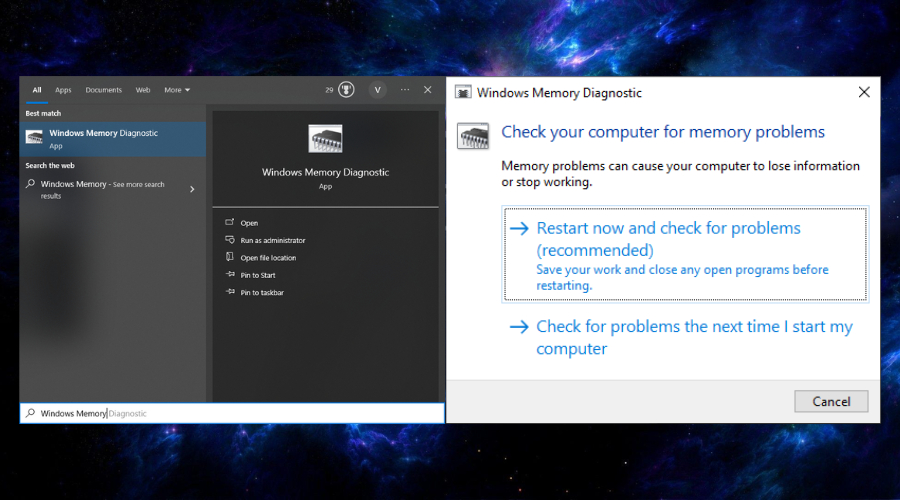
2. Click the Restart now and check for problems option.
3. Wait for the scan to complete and view the results.
5. You may need to replace or repair faulty RAM modules if the diagnostic finds them malfunctioning.
4. Use a DLL Fixer
As the name suggests, a DLL fixer replaces or fixes DLLs automatically. Fortect does this as part of a full Windows repair suite.
1. Download and Install Fortect on your computer.
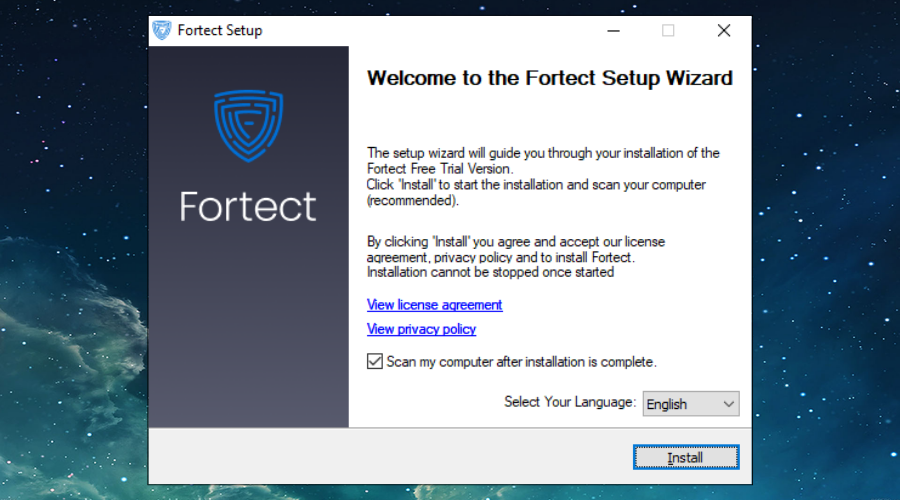
2. Launch the software and Start scanning.
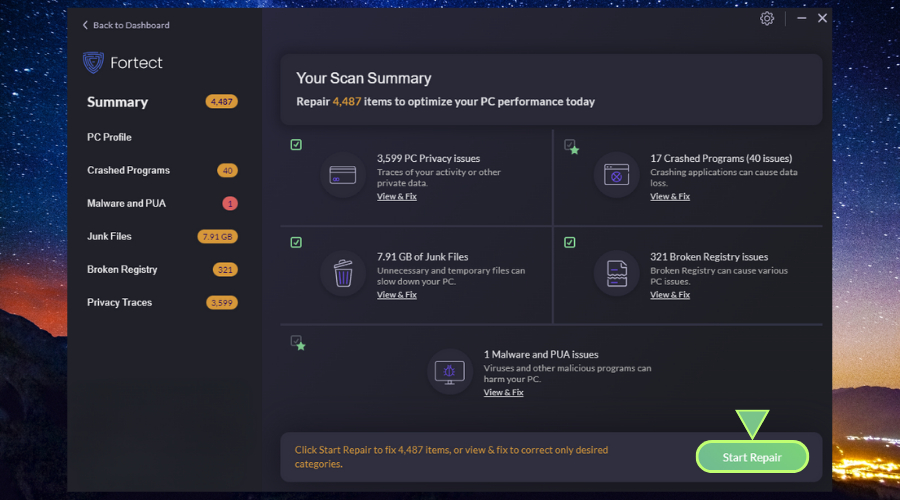
3. Click on Start Repair to start replacing DLLs automatically with working versions from its database.
Fortect’s DLL fixer eliminates the need for manual troubleshooting and reduces the risk of further system damage.
It also fixes the Windows Registry automatically, which can be dangerous to mess with using Windows’ own Registry Editor.
5. Check system files using Windows SFC
Windows has an in-built system file checker that scans for core system files and attempts to replace them with fresh copies, much like Fortect. The problem is it doesn’t always recognize shared DLLs nor spot when the registry is the problem. Nonetheless, here’s how it works:
1. Type cmd in the start menu search bar and choose Command Prompt by selecting run as an administrator from the right-hand panel.
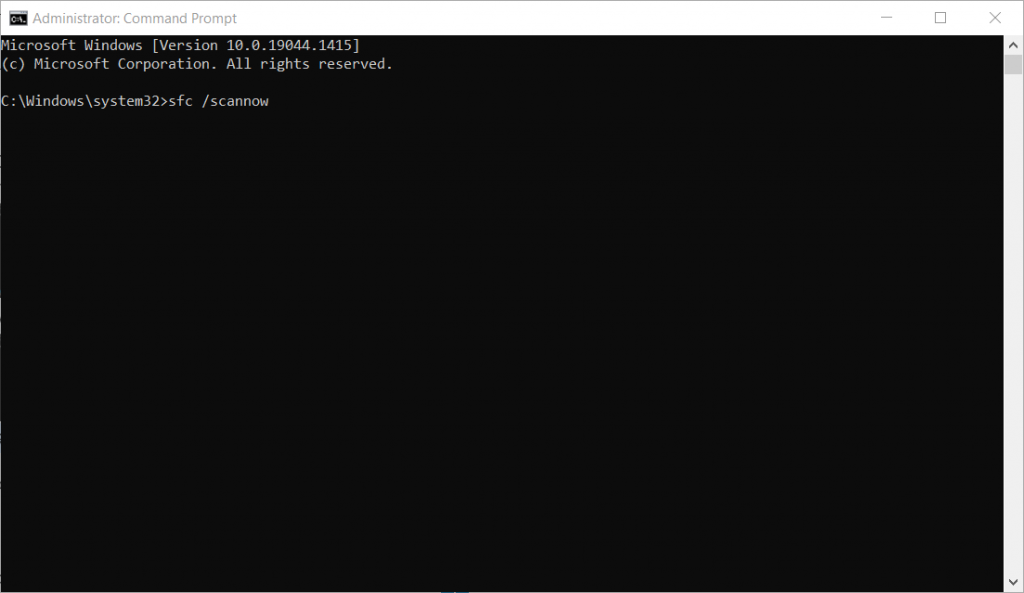
2. Type sfc /scannow and press Enter to start the process.
3. When the process finishes, you will see one of these messages: Windows Resource Protection found corrupt files and repaired them successfully, or Windows Resource Protection did not find any integrity violations.
If it fails to fix UXtheme.dll, using System Restore is another good option.
6. Load a restore point
Windows 10’s System Restore feature lets you revert your computer’s system files and settings to a previous state before errors start happening. What’s more, you won’t lose any personal files.
1. Type restore in the Windows 10 start menu search bar and choose Create a restore point.
2. In the System Properties window, go to the System Restore section and click the Open System Restore button.
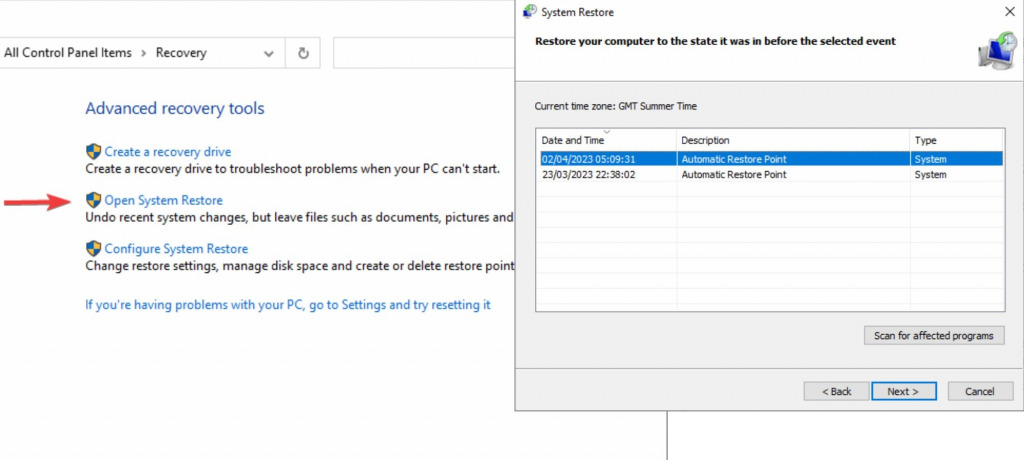
3. Follow the prompts to find an available restore point. Select the restore point you want to use and click Next.
4. Click Finish and confirm the restoration. Your system will then restart and revert to the prior date.
Note: Sometimes, System Restore is on by default; other times, you must set a restore schedule yourself. You can try another Command Prompt command if you don’t have any restore points.
7. Run DISM
DISM is another command tool that repairs system files by comparing them to a snapshot or Image of a working version of Windows. To run this tool:
1. Go to the start menu search bar, search CMD, then open the Command Prompt as administrator.
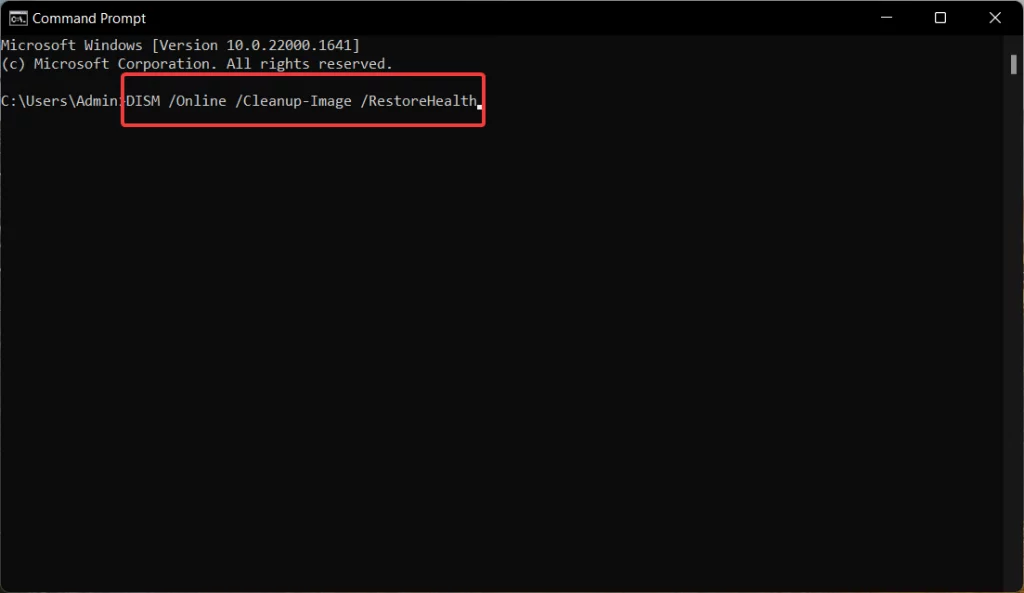
2. Type the following command followed by Enter: DISM /Online /Cleanup-Image /Restorehealth
3. Wait for the process to complete, and your system will reboot.
8. Replace UXtheme.dll manually
I don’t advise replacing the DLL file yourself because a lot can go wrong. Many sites that claim to offer system files like UXtheme.dll are misleading, contain malware, or bundle the file with other potentially dangerous junk files.
Nonetheless, if you can find a reputable site, these steps will guide you:
1. Use Google to search for: Download uxtheme.dll for Windows 10.
2. Download the file but only copy uxtheme.dll.
4. Place uxtheme.dlll into the C:\Windows\System32 folder.
5. Go back to the Command Prompt by searching for CMD in the start menu search bar.
6. Type Regsvr32 C:\Windows\System32\uxtheme.dll
Press Enter, and you should see a confirmation message.
9. Reinstall Windows
The very last resort is to reinstall Windows. The good news is you can still keep your files on Windows 10.
1. If you haven’t already, obtain a Windows disc or bootable media from the official Windows website.
2. Insert the bootable USB drive or disc and restart your PC.
3. When your computer starts booting, you may need to press a specific key (usually F2, F12, Esc, or Delete) to access the boot menu or BIOS/UEFI settings. The key to access this menu varies by computer manufacturer.
4. Select the bootable USB or DVD as the boot device and save the changes. This will boot your computer from the installation media.
5. On the Windows Setup screen, select your language, time, currency, and keyboard preferences, and then click Next and Install Now.
6. Select Custom: Install Windows only (advanced).
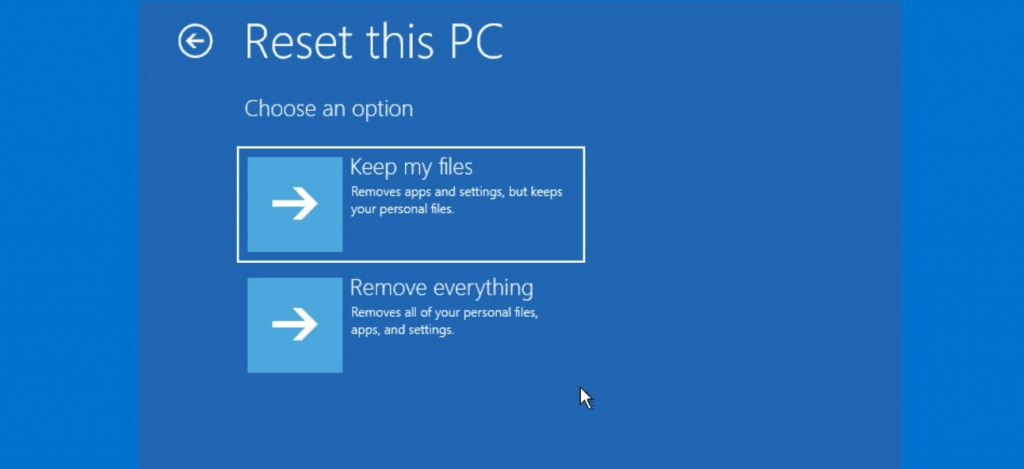
7. Follow the on-screen instructions for reinstalling while keeping your personal files.
Your Windows 10 should now be reinstalled while keeping your personal files intact. However, your installed applications and settings may need to be reconfigured, so be prepared to spend some time adjusting things to your preferences.
UXtheme.dll errors in summary
Getting errors relating to UXtheme.dll can be frustrating because it can render many programs unusable and messes with the look and feel of your Windows system.
Fortunately, a damaged or missing DLL can easily be replaced with built-in Windows utilities and reputable third parties like Fortect.
Most users will never have to replace it manually and it’s very rare to need to reinstall Windows for a simple DLL error.




